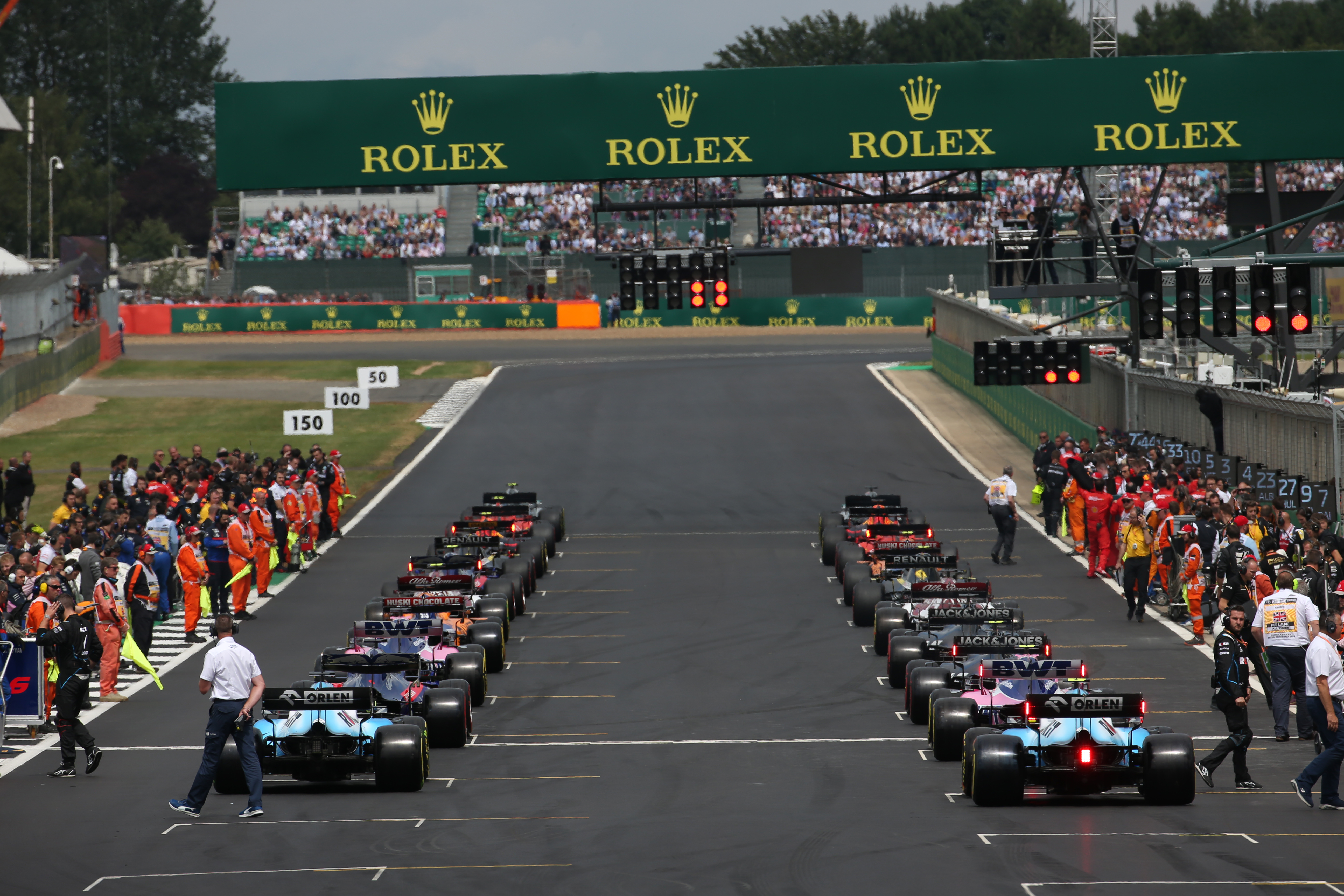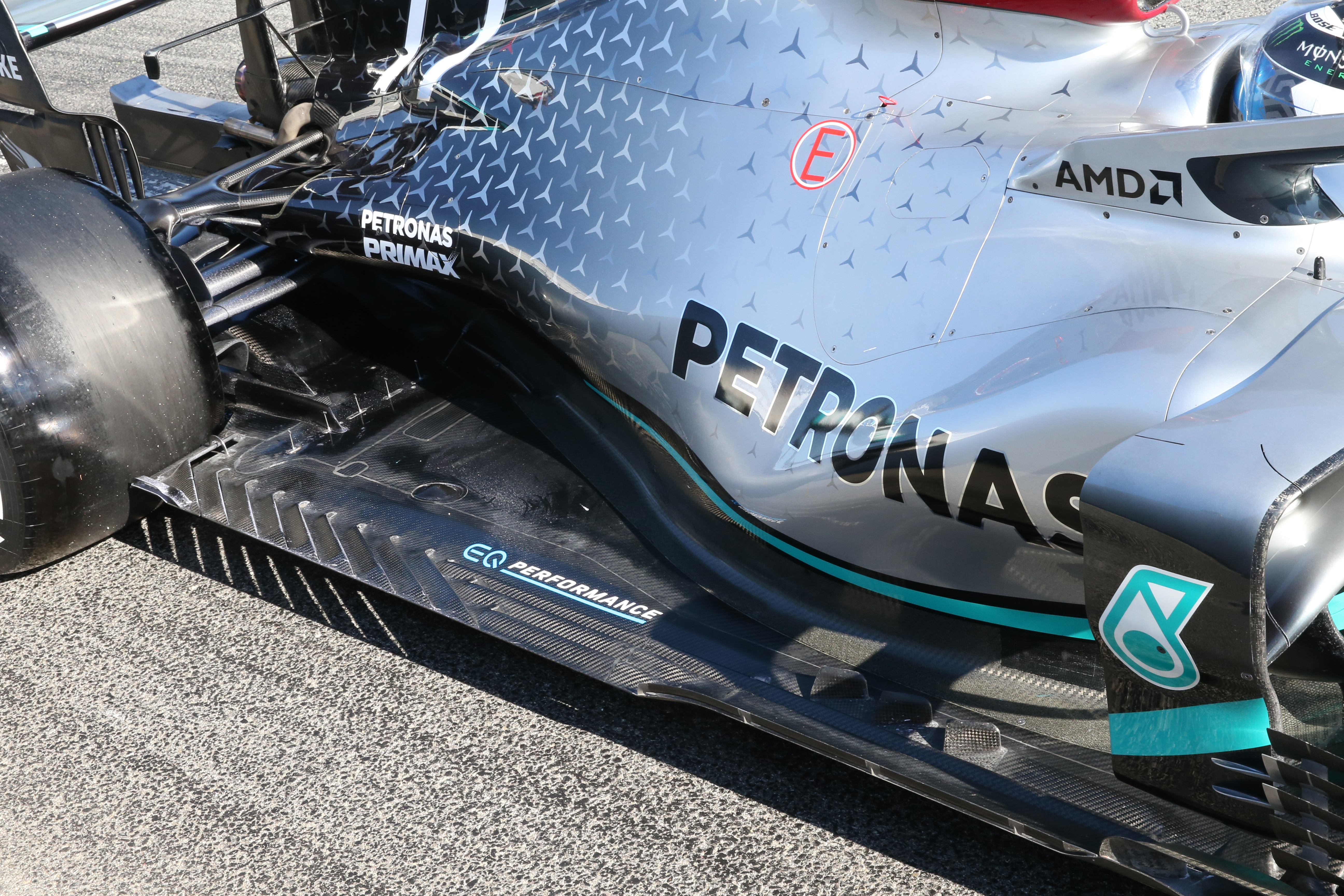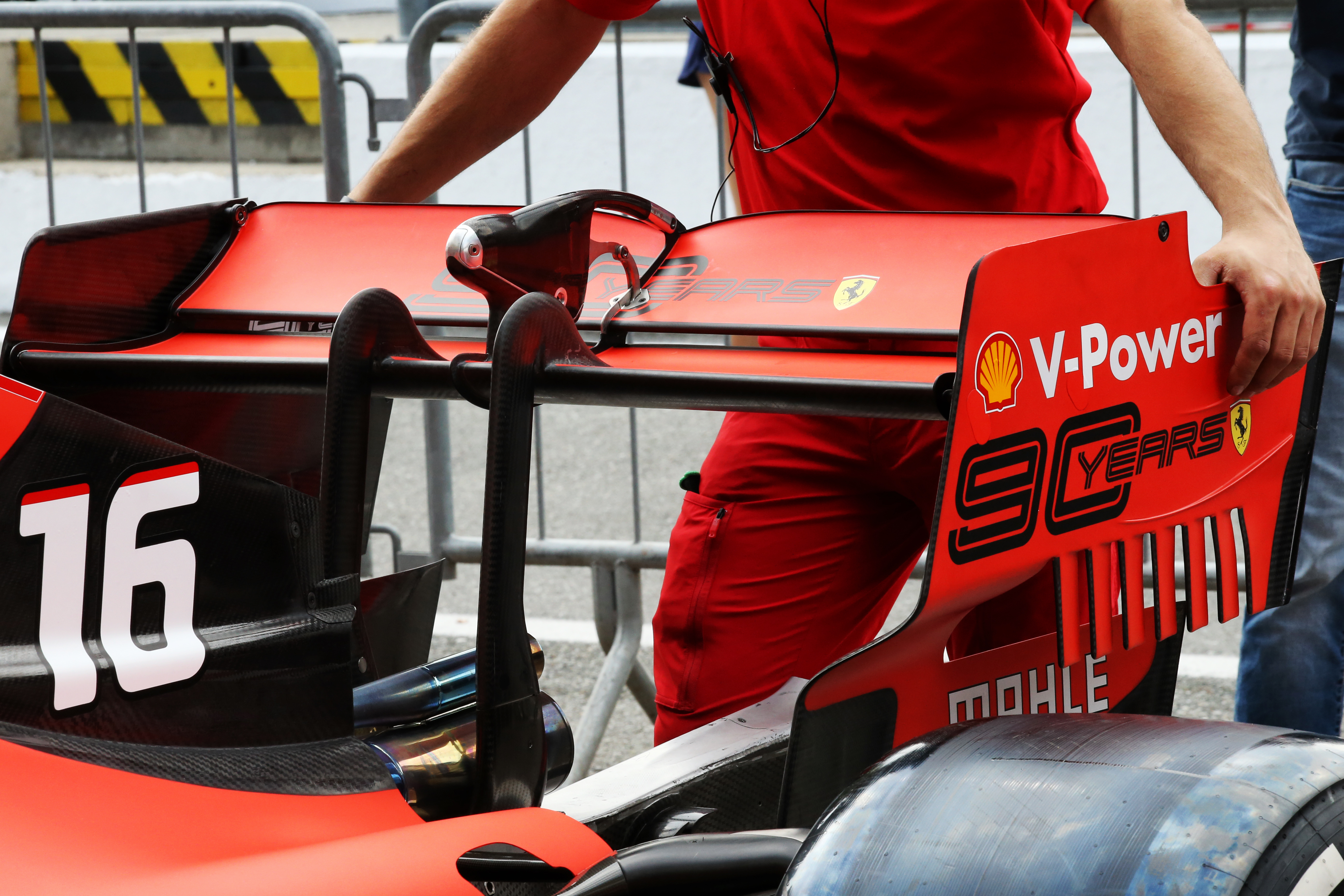Up Next

If Formula 1 really wants to do more to level the playing field or encourage new teams to join the championship, then it needs to reverse its current thinking. The updated regulations for 2021 and beyond are simply another example of a bunch of boffins trying to outdo each other with the level of complication they can apply to a simple problem.
I suppose they have had a lot of time on their hands since the coronavirus kicked in and stopped the season from getting going, but that time could have been spent simplifying the regulations instead of complicating them even more.
Every time I read through the 127 pages of technical regulations, I just smile and think how happy I am I am not directly involved in F1. It’s not top-class design engineers you need around you now, it’s high-end lawyers.
There are lots of changes and the one good one is the attempt to equalise the teams’ performance through a reducing sliding scale of aerodynamic testing relative to success. Even then, they haven’t gone far enough and seem to have generated the percentages for each team by sticking their finger in the air and seeing which way the wind is blowing as opposed to putting some proper numbers behind it.
As I’ve said before, there is a big difference between success and domination. These restrictions are based on success, which no team should suffer because of, and do nothing to control domination, which is what we all want to see brought under control. Close competition is what we want, with the chance of an underdog getting a big result now and again.
I believe, as you would expect, that the inputs in an article I wrote earlier this month factoring in points scored and headcount as well as championship position produced better percentages than what is now in the regulations.
What F1 has come up with will do very little for the overall picture and just adds another layer of complication for nothing.
Anyway, enough of griping about that missed opportunity, because there are other changes to look at.

One of the consequences of the coronavirus situation is that the proposed 2021 regulations were put back to 2022 – with discussion that they might even go later. That means that with a late start to the 2020 season, if it ever actually does get going, the sensible thing both technically and, more importantly, financially was to freeze to a certain extent the current regulations.
“Good idea,” everyone thought, and they went off to come up with a token system that would allow some areas of development but made you pay the price for any area you “needed” to change.
I use the word “needed” because this was put in place to allow you to recover from a situation where something was not working as planned. You could only spend your tokens once, so if you changed something aerodynamic because you “wanted” to for simple improvement of performance, if you ran into problems further down the road then the kitty might just be empty.
I proposed a simple CFD analysis where the teams contributed to a master spreadsheet covering all the areas of the car that produce downforce and their percentage contribution. This would then be averaged out and each component, or at least the major contributors, would be allocated their contribution as a percentage of the total.
From that, you have your token units. So you could say a floor contributes 25% of the total and changing that cost you 25 tokens and so on. You only have 100 available, so you need to spend wisely.
The first thing I picked up that really surprised me from the changes to the 2021 technical regulations is the alteration of the floor area in front of the rear tyre. Basically, the floor is 800mm wide, so from the back of the cockpit opening there is now a tapered line from that 800mm point to 650mm wide at the rear wheel centre. This cuts off most of the floor area in front of the rear tyres, including all those scoops and flicks etc that we see on the top of the floor.
Instantly, that is a change that the teams will have to react to. At a time of reducing costs and keeping stable regulations for all the right reasons, the governing body jumps in and instigates changes that will affect everyone, crucially some more than others.

They say it is to reduce the load on the tyres, which will by the 2021 season be three years old and are not conceived for the growing aero loads. I disagree. If the aerodynamic regulations were kept the same then the tyre load would be near as makes no difference the same as 2020, so are we going into 2020 when it starts with “critical” tyres?
This change will affect teams differently. This area is all about sealing the underfloor to improve its aerodynamic performance and the cars that run high rake will be more affected by these changes.
The high-rake philosophy is based around being able to seal the outer edges of the under floor using the vortices generated by some of the turning vanes on the bargeboards to act as skirts down the sides of the car.
Everyone at Mercedes must be rubbing their hands together as the team never really bought into the high-rake concept. Racing Point, with its ‘Pink Mercedes’ concept, will be doing the same. As for the others, it all depends on who has what they have currently working best as to how big a problem they will suffer.
No matter who that is, it will cost all the teams more money to try to get back what they had just because of an enforced regulation change at a time when we were supposed to be going for stable regulations. Isn’t that self-contradictory?
I believe in simple solutions for a given problem. If F1 really needed to reduce the downforce to save the tyres at some or all tracks, then every team has a selection of rear wings ranging from high downforce levels for tracks like Monaco to low downforce levels for tracks like Monza. Among that range is a wing for every track configuration. It would have been very simple to legislate a rear wing’s frontal area to suit each track – or at least the tracks that potentially had problems.

So that’s the problem solved. The front wing is adjustable so the car can be balanced and this rear wing maximum frontal area could be altered as the season unfolded and more data became available. More importantly, it would have cost the teams nothing – or, at worst, a lot less than the current proposal.
As I said earlier, when you get a bunch of boffins around a table it’s not always the best way of sorting a problem. I’m afraid that what I am seeing with these changes is not a joined-up approach to F1’s problems as a whole. Even a sensible move like the cost cap, which will come in at $145m next year, is undermined by having far too many exemptions. If you want to contain costs, include all costs. Like I keep saying – keep it simple.
These changes are just one snapshot, leaving behind all other requirements and potentially creating some additional problems that will then have to be solved – probably at a cost – in the future.





